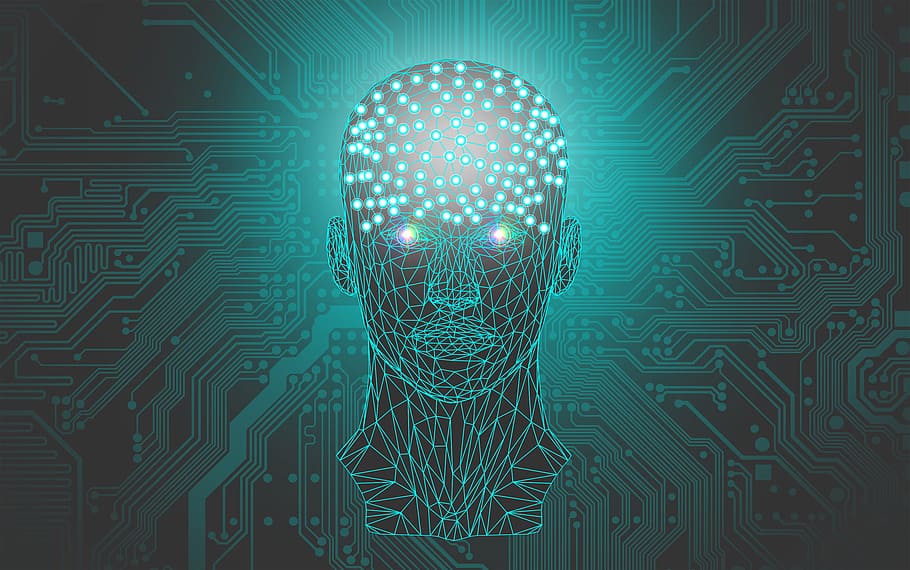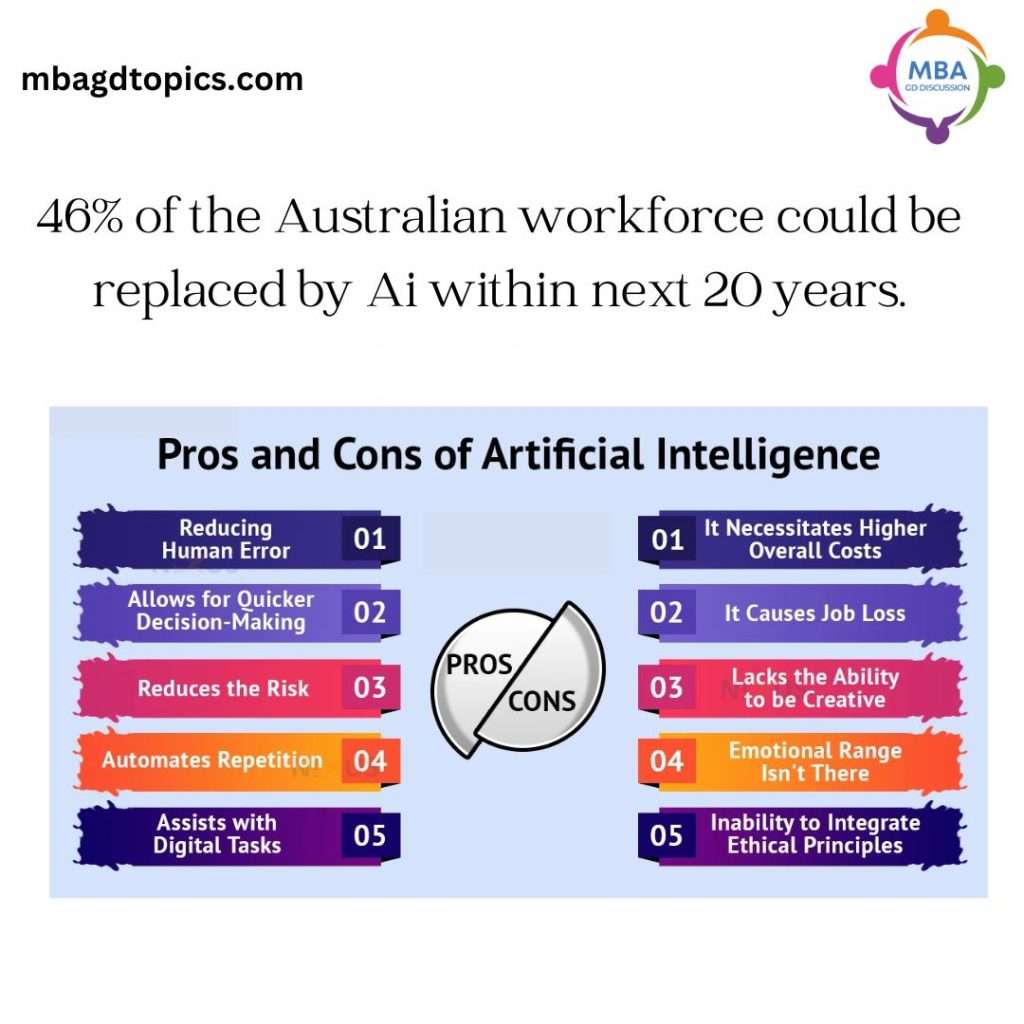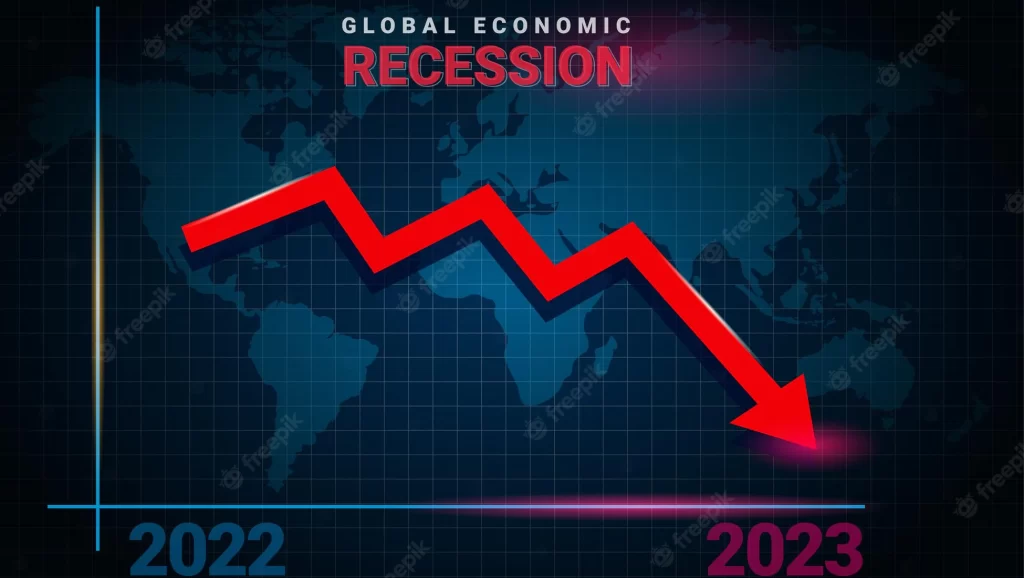Will Artificial Intelligence bring unemployment in 2023?
Theme:
The impact of Artificial Intelligence on employment is a topic of ongoing debate and speculation. While AI can automate traditional duties accomplished by human beings, it additionally can create new job possibilities in numerous sectors. The volume to which AI will affect employment relies upon several factors, inclusive of the nature of the tasks involved, the fee of AI adoption, and the ability of the staff to adapt and acquire new abilities.
“AI: Making everyday lifestyles greater handy and enjoyable.”

What is Artificial Intelligence (AI)?
Artificial Intelligence (AI) refers to the simulation of human intelligence in machines that are programmed to think and act like humans. AI is a technology that mimics human intelligence to perform duties and can iteratively improve itself primarily based on records inputs.
The term is regularly applied to the undertaking of growing structures endowed with the highbrow methods feature of human beings, which includes the ability to purpose, discover meaning, generalize, or study from experience. AI is intelligence—perceiving, synthesizing, and inferring statistics—tested with the aid of machines, as opposed to intelligence displayed using human beings or by using other animals.
AI is utilized in various programs, along with expert structures, herbal language processing, speech reputation, and device imagination and prescient. AI, device getting to know, and deep mastering are commonplace terms in agency IT and are on occasion used interchangeably, especially via agencies in their advertising materials.
- AI has been a topic of discussion for years, with many human beings questioning if it’s going to bring more unemployment. According to a recent article via Zippia, AI ought to take the roles of 1 billion humans globally and make 375 million jobs obsolete over the next decade.
- While it’s anticipated that AI will demolish 97 million jobs and undoubtedly affect the financial system to the track of $15.7 trillion by 2030, the number of latest jobs created is regularly minuscule compared to the number of jobs misplaced.
- The Brookings Institution notes that the “new automation” of the next few decades, with a whole lot greater superior robotics and AI, will widen the variety of tasks and jobs that machines can carry out and doubtlessly reason a good deal more employee displacement and inequality than older generations of automation.
So, will Artificial Intelligence deliver greater unemployment?
The answer is complicated. As The Economics Tutor factors out, if unemployment is huge, AI can result in decreased financial growth in place of boosting it. However, the United Nations notes that even as robots and AI do bring other threats, they might not always reason mass unemployment. A current article by way of the World Economic Forum argues that AI is creating greater jobs than it’s destroying and that it’ll cause a long-time period process increase.
AI is reworking the commercial enterprise in many ways. Here are some latest trends of AI in the commercial enterprise and work sector:
1. Improved security and cybersecurity measures: Businesses can utilize AI gear for stepped-forward security, consisting of being alerted of capacity bodily ruin-ins, in addition to cybersecurity measures.
2. Greater AI-human collaboration: AI is expected to take virtual generation out of the 2-dimensional screen and produce it into the 3-dimensional physical surroundings surrounding an individual. AI gear will stay an option for improving engagement thru team communication software programs and places of business gaining knowledge.
3. Streamlining job methods and aggregating business records: It has an extensive range of uses in companies, along with streamlining job processes and aggregating business information.
4. Creative or generative AI: It is predicted to tackle more roles and change the panorama of numerous industries. Creative or generative AI is one of the top 10 AI tendencies to rework businesses in 2023.
5. Low-code and no-code tech: Low-code and no-code tech is every other pinnacle AI trend a good way to reshape the professional atmosphere over the next decade.
6. Ethics and transparency: AI bias is a developing problem among employers. AI equipment will remain evolved with ethics and transparency in thoughts.
7. Improved patron reports: Companies are already banking on AI property for superior customer stories.
8. Improved employee productivity: According to PwC, 54% of executives at businesses already the usage of AI to see enhancements in employee productivity, at the same time as 80% consider automation may be useful in any enterprise choice.

Realtime Examples of Artificial Intelligence:
AI has made significant advancements in recent years, enabling its integration into diverse actual-time packages across one-of-a-kind industries. Here are some examples of AI in real-time:
1. Speech Recognition: AI-powered speech reputation systems are broadly used in real-time applications inclusive of voice assistants (e.g., Siri, Google Assistant) and voice-controlled gadgets. They can as it should be transcribe spoken words into textual content, enabling palms-loose control and seamless interplay.
2. Sentiment Analysis: Real-time sentiment analysis makes use of AI algorithms to research and interpret the sentiment expressed in textual content records, consisting of social media posts, customer reviews, or information articles. This enables agencies to monitor public opinion, identify tendencies, and make informed decisions in real-time.
ChatGPT and Google BARD can both be used for sentiment analysis, as they are designed to provide users with a human-like conversation experience and can analyze the tone and sentiment of the conversation
3. Fraud Detection: AI algorithms can come across patterns and anomalies in real-time transactions to become aware of fraudulent activities. Banks and monetary institutions leverage AI structures to discover suspicious behaviour, inclusive of unauthorized transactions or identity theft, and take the instant movement to prevent monetary losses.
Tesla’s cars rely on AI hardware provided by NVIDIA, incorporating unsupervised ML models that enable self-learning object recognition and detection capabilities. NVIDIA has developed a tool called STRIVE that uses AI to automatically generate accident scenarios in simulation for safe and scalable autonomous vehicle testing
4. Autonomous Vehicles: AI performs a vital position in allowing actual-time selection-making for autonomous automobiles. AI algorithms manner sensor statistics (inclusive of cameras, LIDAR, and radar) to understand the surroundings, hit upon gadgets, and make selections to ensure safe and green navigation on the road.
5. Real-time Video Analytics: AI-based video analytics structures can analyze stay video feeds in actual time. They can locate and song gadgets, apprehend faces, pick out uncommon conduct or occasions, and offer signals or notifications to beautify protection and surveillance systems.

Disadvantages of AI regarding unemployment:
- AI implementation requires businesses to invest in superior infrastructure and schooling employees, which makes AI steeply priced.
- It can cause growth in unemployment as AI structures can perform the paintings of more than one human employee at once.
- It can cause decrease financial growth if unemployment is good sized.
- It can cause task displacement and inequality.
- AI can lead to the loss of positive jobs that require human creativity or emotional intelligence.
- It can cause the loss of jobs in sure industries, together with production and transportation.
- It can result in a skills gap, in which employees lack the essential skills to paint with AI generation.
- AI can lead to a loss of process protection for workers.
- It can cause a lack of diversity within the place of work, as AI structures are most effective and unbiased because of the information they’re educated on.
- It can cause a lack of human interplay in positive industries, and inclusive customer service.
In conclusion, even as AI can purpose process displacement and inequality, it is also anticipated to create new jobs and undoubtedly affect the financial system. It’s important for agencies and policymakers to consider the capacity influences of AI and to increase rules that make certain the benefits of automation are broadly shared. Additionally, significant retraining and reskilling packages can be necessary to help employees transition to new jobs in industries that are less likely to be automated.




